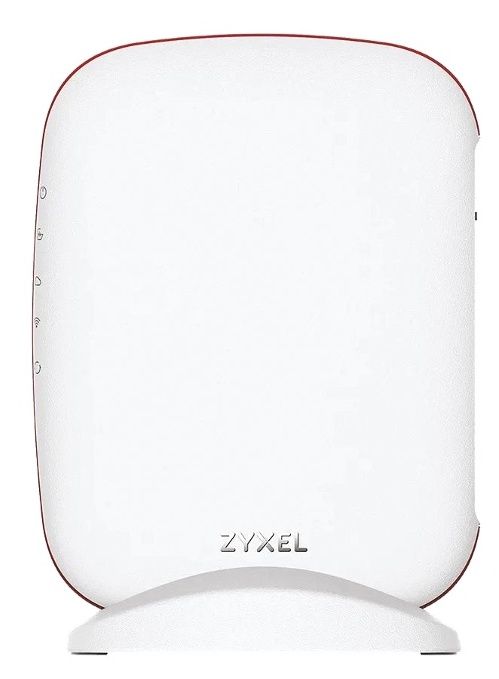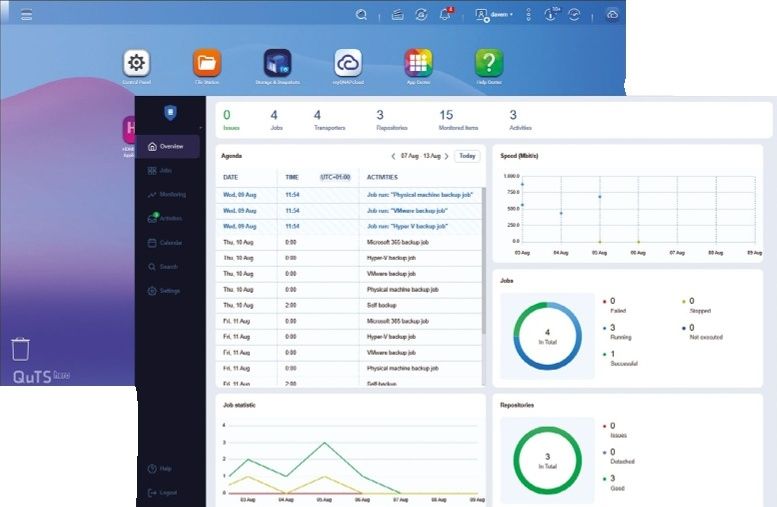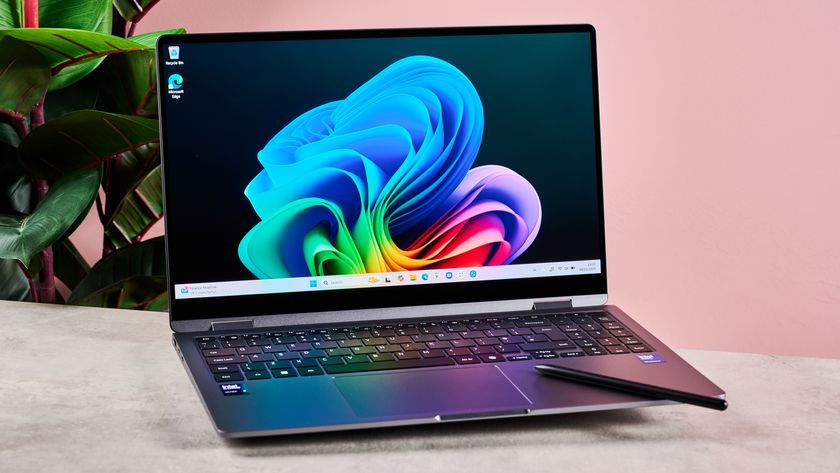Why you can trust TechRadar
We liked
The small footprint, quality prints and price make this printer very appealing. Compared to the price of other SLA printers the Nobel is considerably cheaper. However, the materials such as the resin are still quite pricey.
Print quality when compared with FDM printers even on the lowest setting is exceptional, and although models don't quite have the clarity of models produced by higher-end SLA printers, for home printing you really won't be disappointed.
The design and style of the printer makes it exceptionally easy to setup and use, and although it's only compatible with the XYZ software, in an educational environment this is no bad thing. The choice of either tethered or USB key printing is also welcome.
We disliked
The print process is by no means as smooth as that of an FDM printer with the resin tank requiring a complete change if the colour of the resin is swapped. The smell can also be a little overbearing so a well-vented room is essential.
Although the Nobel is well designed it's inevitable that some of the resin is going to end up dripping on the Nobel unit or work surface however careful you are. The biggest issue is having to clean the prints after printing – in the included documentation it recommends using alcohol of 75% or more, and in the UK trying to find a suitable substance takes some time, with some, but not all, nail varnish removers having the right chemical consistency to correctly clean prints.
Final verdict
The Nobel 1.0 has a fantastic eye-catching design and a footprint that sits comfortably on most work surfaces. Setup takes a bit of time compared to an FDM printer, and each time the printer is switched on it takes a good 10 minutes to initialise, this is in addition to the relatively slow print times.
However, if you're willing to see past the time aspect the quality of prints that this SLA printer produces are excellent, especially at the price. Compare this with other SLA printers such as the Form One + and you can see what the extra money buys with higher clarity prints. But compare a Nobel print at its highest quality against one from the Ultimaker 2 and the Nobel just has the edge – look closely at overhangs and you start to see where SLA printing excels, with less visible signs of layers and ribboning.
There is no doubt that the Nobel 1.0 produces high quality prints, and the looks and the style of the technology also appeal. However when you can get an FDM printer for about the same price, and with a print process that produces models that need little to no finishing, you do feel that this technology is better suited to professional and educational environments.
That said, there is no doubt that the Nobel 1.0's ability to print high quality, very detailed prints consistently is hard to match for the majority of FDM printers, so if you need fine detail then the Nobel 1.0 is a good choice.














